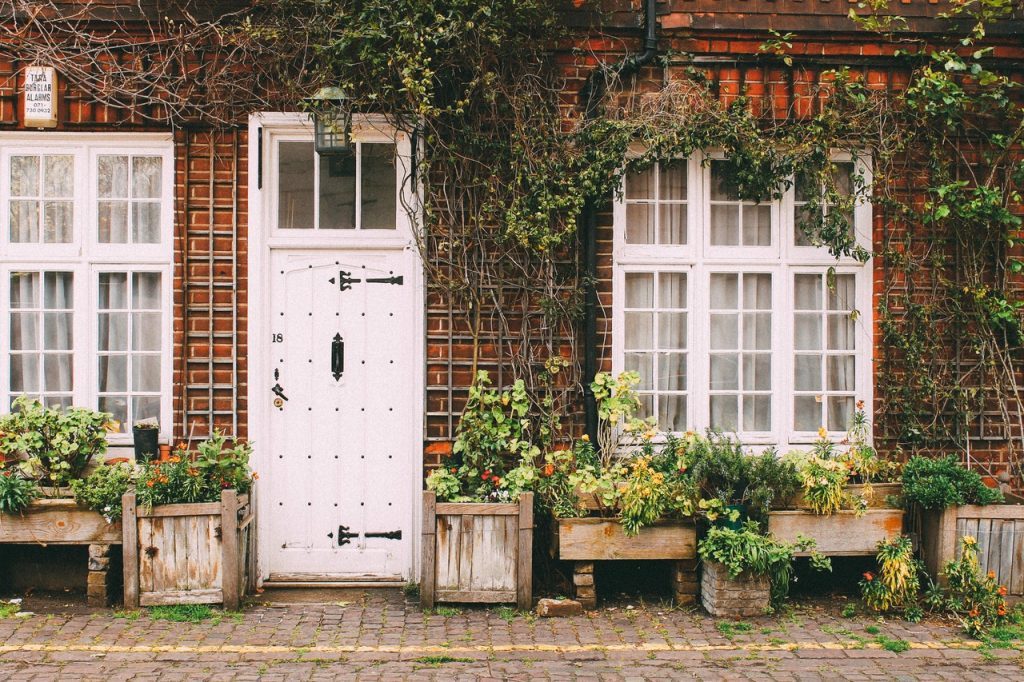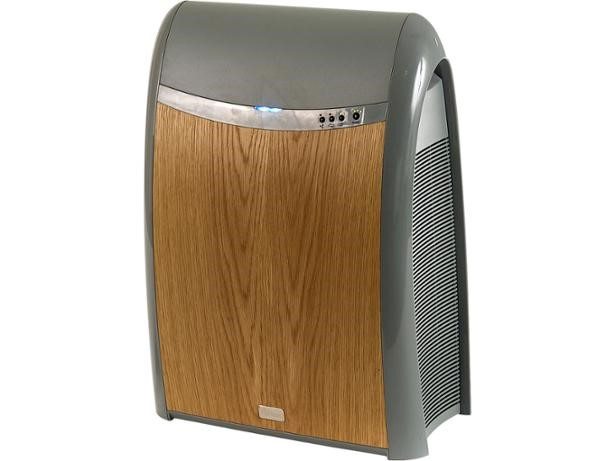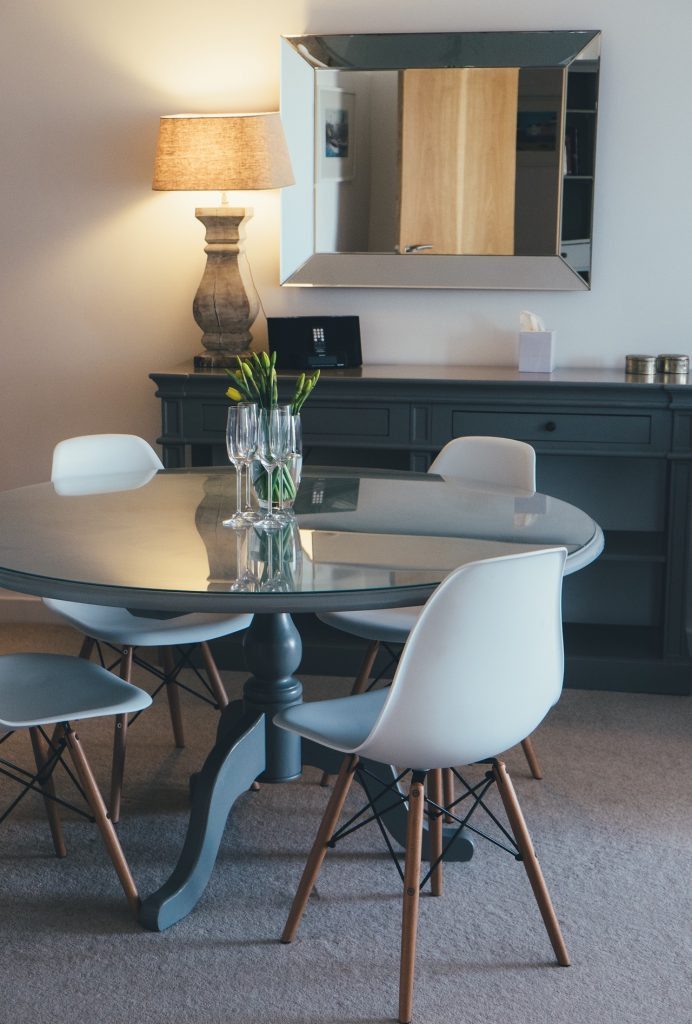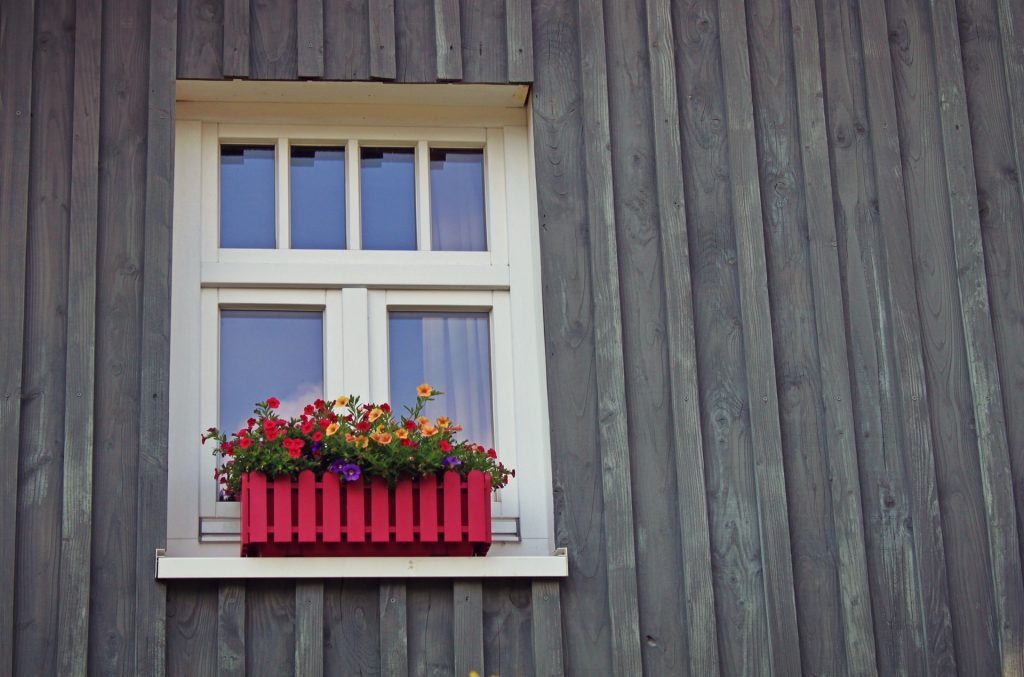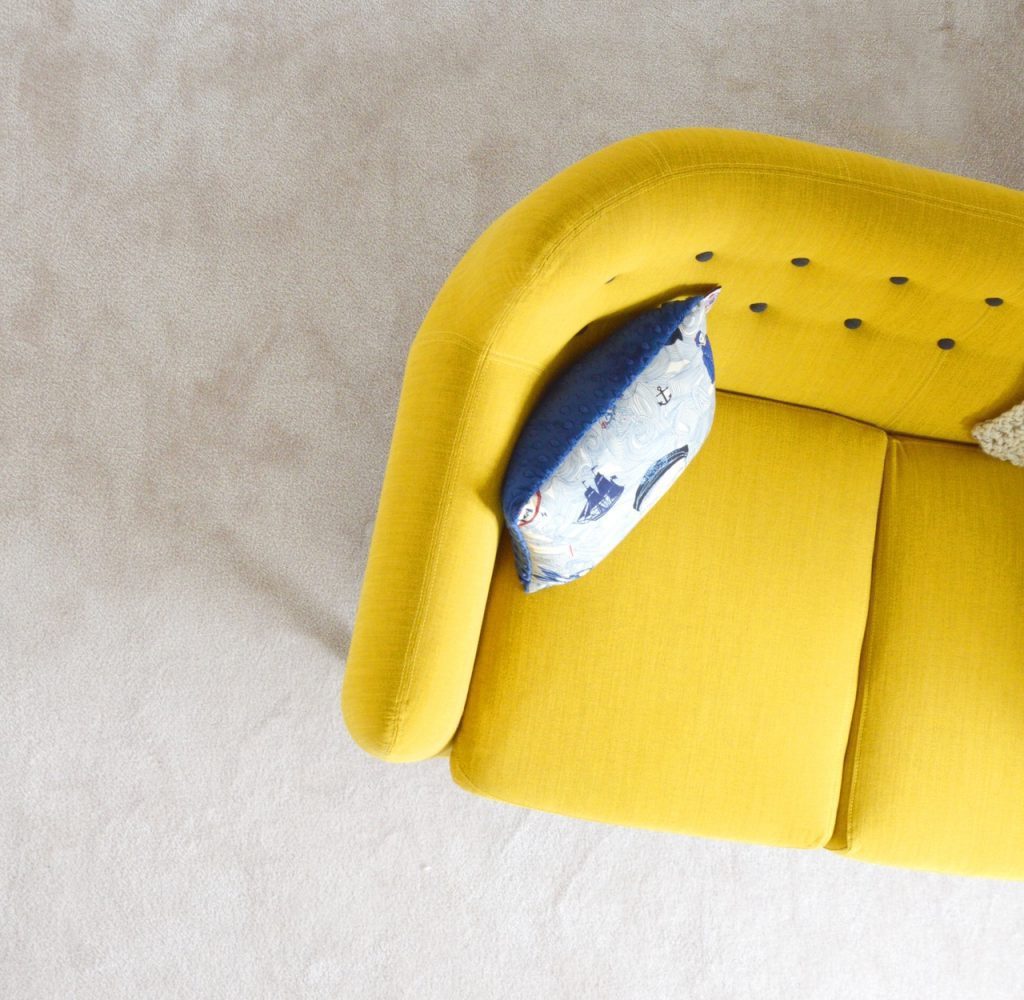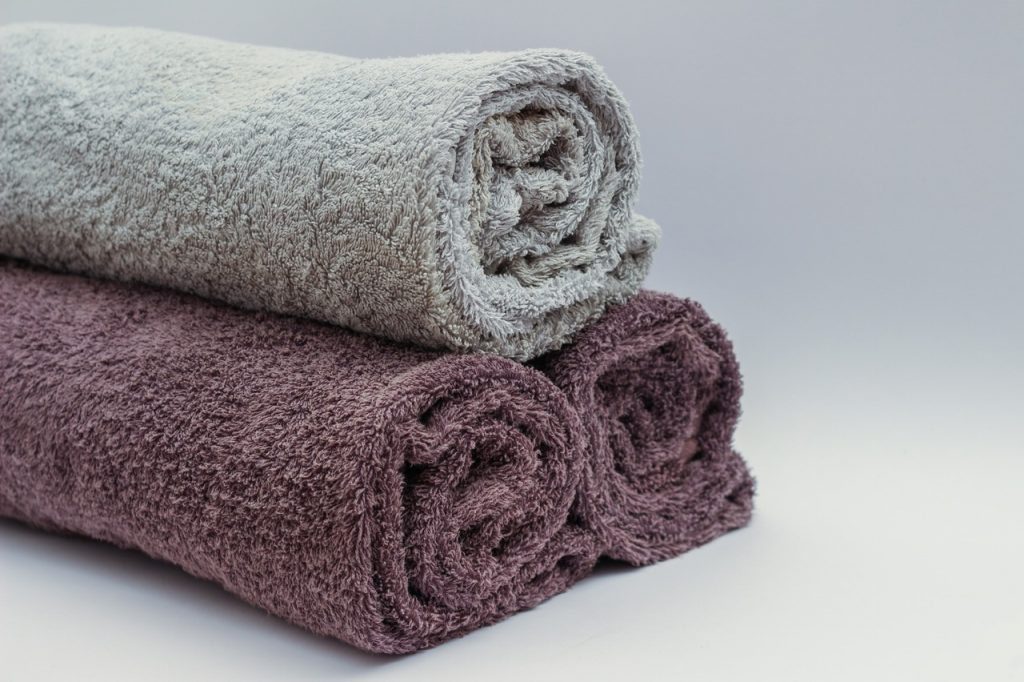The Cloudy2Clear ‘Ask Louis’ series answers your burning questions regarding replacing and repairing failed double glazing. This month, we explore the common question of when windows should be replaced or repaired.

Why should I replace my windows?
Just like everything, windows have a life span. There are several reasons why you should think about replacing them:
- Energy efficiency
- Modernising your old style with an update
- Security
- House value
- Noise reduction
What signs do I need to look out for?
If you haven’t followed our handy window maintenance advice, they you might find your windows don’t last as long as you expected. Make sure you look out for these common symptoms to update your windows at the right time:
- Broken seals
- Draughts
- Condensation
- Windows are leaking
- Misted up and cloudy double glazing
- Stiff hinges
- Handles not working properly
- Rotten timber windows & older windows
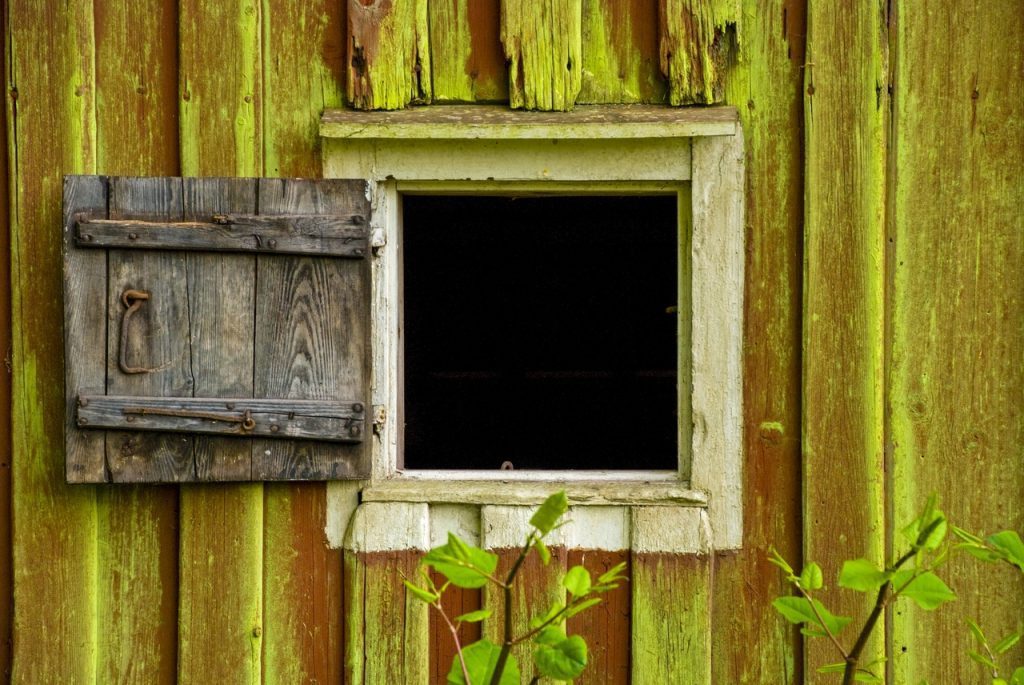
Can I make my windows more energy efficient?
Installing low emissivity energy-efficient glass can help to reduce your heating bills by up to 20% each year, as well as improving your carbon footprint. Even if your windows are double glazed, over 20% of heat loss escapes through them.
At Cloudy2Clear, we can arrange to complete an energy efficient glass survey on all your windows at your home, as well as checking your glass, locks and seals, all attributing to reducing your energy bills. We will advise you on what glass you have currently installed and recommend how to upgrade to the latest energy efficient glass.
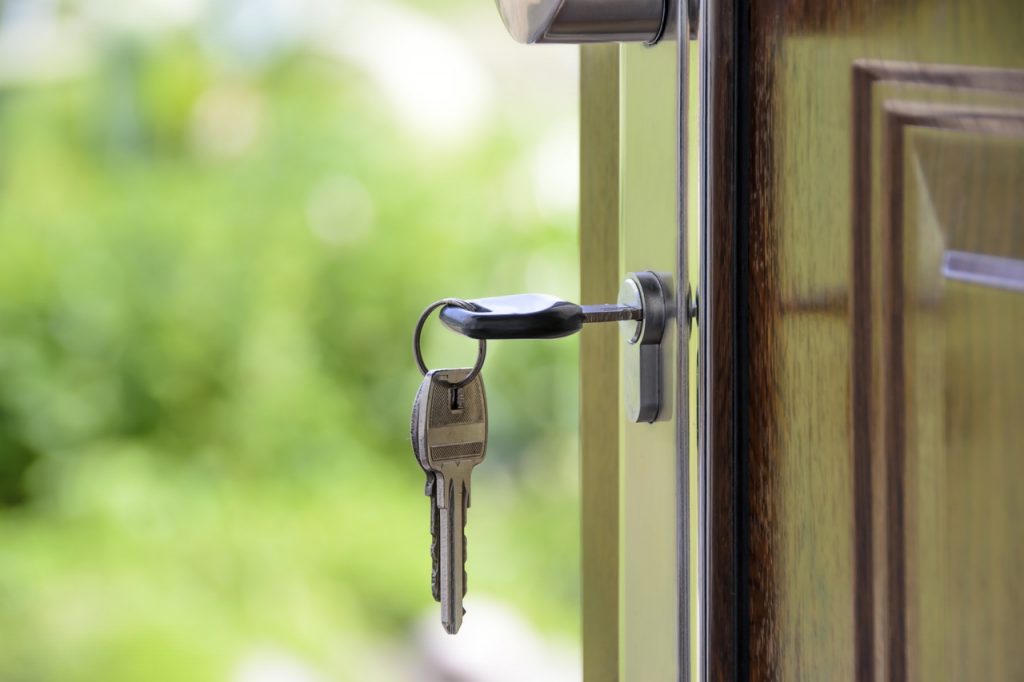
Replace the pane, not the frame
If your window frames are in good condition, then Cloudy2Clear can repair your window at the fraction of the cost of a full replacement. Whether you have cloudy, misted up glass, or are looking to update your windows, ensure you take advantage of energy saving glass.
Modernising the look
Windows can be a prominent feature of a home so if you are looking to sell your property or even renovate one you have purchased, you may wish to invest in new windows to increase kerb appeal. If your seals, hinges, and locks are not working properly, or you simply want to modernise your handles or locks to the latest colours and styles, as well as increasing your security to a modern locking system, then this can easily be done by contacting one of our specialists for advice.
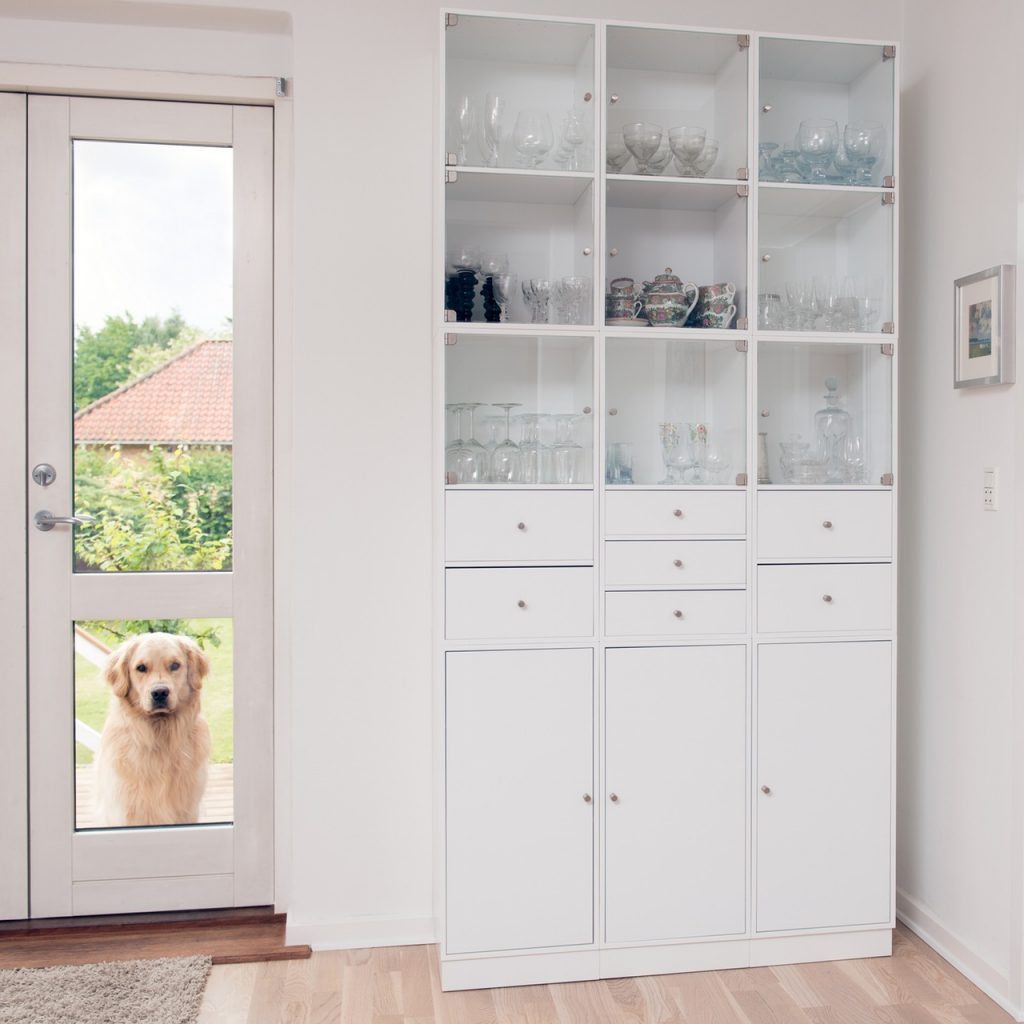
Images courtesy of www.pexels.com. Images are free for any personal and commercial purpose. Photos can be edited, modified and distributed. Attribution is not required.
